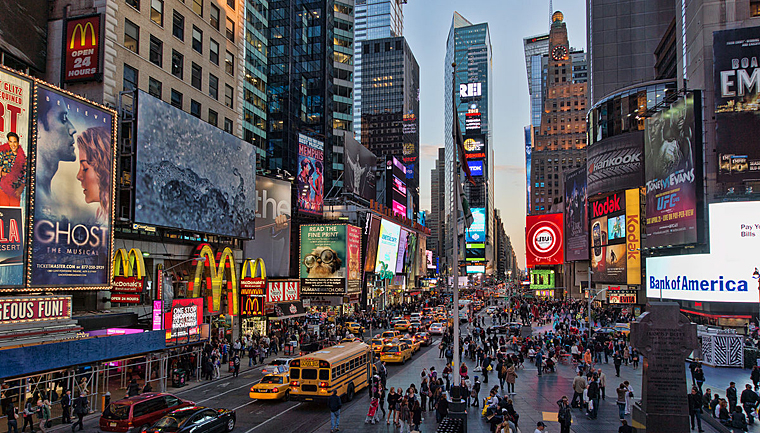
Previous to the last 10,000 years during which farming, agriculture and establishing fixed cities emerged as dominant social structures, human beings lived by hunting and gathering, living in modestly sized groups, picking up camp and moving with seasonal food sources. All that changed when three wild grains – the ancestors of corn, wheat and rice – were domesticated, virtually supplanting nearly 150 food plants that had previously been part of the human diet and laying the groundwork for modern agriculture and domestication of animals. After recovering from near extinction about 75,000 years ago when paleontologists estimate the human population dropped to as few as 2,000 individuals, we now number nearly 7 billion.
Using genome mapping, geneticists are surprised to discover how quickly evolution has proceeded and how various traits have been selected and passed on to subsequent generations. Human DNA has changed more in the last 10,000 years than during the preceding 40,000. Lactose tolerance in adults, for example, is the direct result of animal husbandry and milking goats, sheep and cows. Other genomic changes pertain to how we metabolize carbohydrates.
We are a constantly evolving species, but currently exceed nature’s ability to keep up with change. As natural, raw and unprocessed foods have been replaced by manufactured and processed foods high in sugars and fats and as lifetimes have increased due to antibiotics and modern medicine, we are now experiencing an epidemic of chronic diseases such as cancer and diabetes. On the psychological side, increased use of antidepressants (now the most widely prescribed drugs in the west) and one million global suicides yearly point to our mental and emotional difficulty adjusting to the speediness of the modern world.
Evolution is in dynamic relationship to environment; as a species we are becoming, but what we are becoming is not clear. A significant portion of who we are has not changed; we roam the aisles at Safeway “hunting and gathering” in a modern day simulation of ancient habits. Our needs for social relationships continue and our emotional wiring is entirely unchanged.
The relentless cacophony of sounds and interruptions – engine noise, TV advertising, the Internet, cell phones and the rest – forces us to try to adapt, but adaptation happens in fits and starts. Not surprisingly, ADD and ADHD are increasingly diagnosed in children and adults. This trend may point to nature’s struggle to establish some biological equilibrium with our fast-changing environment, but in the meantime 10 percent of boys now regularly take drugs – Ritalin or Adderall – to help them settle down and concentrate.
Perhaps, in time, we will be one with the “machine” of modernity. Meanwhile, technology and social change have forced our once free-ranging nomadic species into a sedentary, pharmaceutical-dependent existence largely created to mitigate the negative health effects attributable to diets derived from fixed agriculture and over-crowding in cities.
Tellingly, a recent article in the New York Times highlighted a current trend: high-priced vacations designed to help people escape television, cell phones and the Internet and to provide meals from organic gardens. Resorts are successfully selling “stillness” packages of meditation, yoga and nature hikes, pale reflections of our “hunter-gatherer” past. Extolling the virtues of being a “locavore” and classes on foraging for edible plants in city parks are on the upswing.
Civilization, it seems, is not particularly good for us nor, it appears, much to our liking.